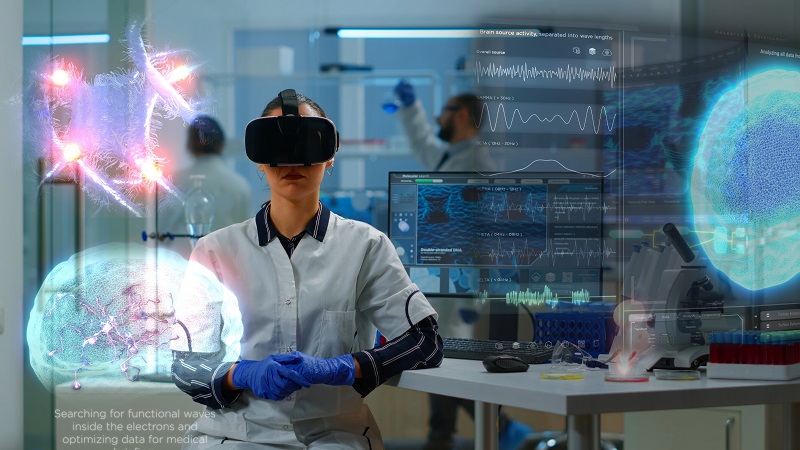
Augmented Reality (AR) in Healthcare: The Treatment and Education Technology of the Future
Today's technology brings with it various innovations that are revolutionizing the medical and healthcare industry. One of these innovations is augmented reality (AR) technology. AR is a form of technology that enriches the real world with virtual objects and offers many potential uses in healthcare.
What is Augmented Reality?
Augmented reality is a type of technology used to enrich the real world with live data or virtual objects. This technology is usually achieved through devices such as glasses, tablets or smartphones. AR offers the user the ability to view additional information or virtual objects while seeing the real world. This provides many benefits for use in various industries.
Uses of Augmented Reality in Healthcare
Surgical Training and Practice: AR can play a major role in surgical training and practice. Students and surgeons can gain more experience by simulating surgical procedures on the real human body. This can help minimize surgical errors and risks.
Patient Education: Patient education is critical to the management of many chronic diseases. AR can help patients better understand their body's functioning. For example, by using AR, diabetics can better learn how to give insulin injections.
Anesthesia and Monitoring: During anesthesia practices and continuous monitoring of patients, AR can enable surgeons and anesthesiologists to access real-time information faster. This can help make surgical processes safer and more efficient.
Hospital Management: Hospital staff can access in-hospital navigation, team communication and patient information faster and easier by using AR glasses. This helps better coordinate patient care.
Mental Health Therapies: AR provides mental health professionals with the ability to deliver virtual therapies, especially to treat phobias or traumatic experiences. The patient can receive therapy in a virtual environment where he feels safe and under control.
Advantages of Augmented Reality
Better Training and Simulations: AR delivers realistic simulations to improve the training of healthcare professionals, keeping errors to a minimum.
Patient Satisfaction: When used in patient education and treatment processes, AR can increase patient satisfaction.
Data Visualization: Doctors and surgeons can access real-time data more quickly and effectively with AR.
Speed and Efficiency: AR allows healthcare professionals to do their jobs faster and more efficiently.
The Future of Augmented Reality
The potential of AR in the healthcare industry is large and rapidly expanding. In the future, more healthcare professionals may adopt AR technology and patients may receive more AR-based treatment and educational services. Additionally, AR is expected to be further integrated into diagnostic and treatment methods.
As a result, augmented reality (AR) in healthcare has great potential in a range of use cases, from medical education to surgical practices and patient care. This technology provides healthcare professionals with opportunities to provide better education, rapid data access, and better patient care. In the future, AR will be increasingly adopted in the healthcare industry and used to improve patients' quality of life. Augmented reality in the field of healthcare is a candidate to become an integral part of the medicine and healthcare services of the future.

